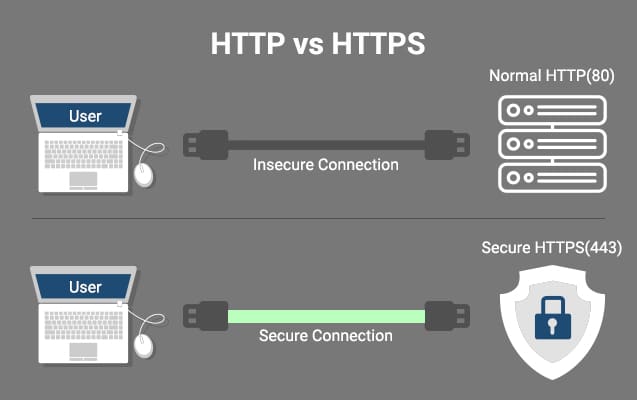"Explore the World of Indoor Gardening: How to Create a Green Oasis in Your Home" - Truths

Creating a Butterfly-Friendly Garden: How to Draw in Vivid Visitors with Native Vegetations
Butterflies are not only wonderful critters to observe, but they also play a critical role in cross-pollinating vegetations. Producing a butterfly-friendly backyard is not just aesthetically pleasing but likewise assists in preserving a healthy and balanced community. By combining indigenous plants into your garden, you may entice these colorful website visitors and offer them with the sources they need to flourish.
Why Native Vegetations?
Native vegetations are species that have developed and adjusted to particular locations over 1000s of years. They are well-suited to the neighborhood temperature, soil ailments, and animals communications. By including indigenous plants in to your landscape, you make an atmosphere that is familiar and supporting for local butterflies.
Indigenous vegetations provide butterflies along with nectar as their main food items source. Unlike exotic or non-native plants, which may create nectar that is difficult for butterflies to access or is without essential nutrients, indigenous plants have co-evolved with regional butterfly species and provide the suitable nutrients.

Also, indigenous plants provide as lot vegetations for butterfly larvae (caterpillars). Different butterfly species lay their eggs on certain plant species because their caterpillars need those specific leave of absence for food items. Through including lot vegetations in your yard, you not just bring in adult butterflies but additionally deliver a safe location for them to placed their eggs and finish their lifestyle cycle.
Picking the Right Native Vegetations
When picking native plants for your butterfly-friendly yard, it's vital to look at several factors:
1. Research Local Species: Pinpoint which butterfly species are widespread in your area. This information will assist you determine which particular plant species will certainly draw in them.
2. Include a Variety of Plants: Planting a diverse assortment of native blossoms ensures that you entice various butterfly species throughout the period. Choose an selection of flowering plants, hedges, perennials, and annuals that grow at different times.
3. Give Nectar Sources: Decide on plant species that produce abundant honey. Look for florals along with tubular form, such as milkweed, coneflower, bee ointment, and black-eyed Susan, as these are particularly attractive to butterflies.
4. Incorporate Host Plants: Research the multitude vegetations required through nearby butterfly species and feature them in your backyard. For example, if you yearn for to attract emperor butterflies, vegetation milkweed as it is their exclusive multitude plant.
Developing Your Butterfly-Friendly Garden
Producing a well-designed backyard will definitely not just entice butterflies but likewise enhance the visual allure of your outside area. Here are some recommendations on making a butterfly-friendly backyard:
1. Deliver Sunlight: Decide on an place that receives at least six hours of direct sunlight per time. Butterflies are cold-blooded animals and need to have the comfort of the sunlight to continue to be active.
2. Make Sheltered Spaces: Combine aspects such as shrubs or lattices to provide home from wind and killers.
3. Include Water Sources: Butterflies require water for consuming and puddling (collecting minerals). Put in a superficial birdbath or add a small recipe with wet sand for them to access water simply.
4. gardenerhut.com/ of Pesticides: Chemical substance chemicals can easily hurt butterflies and other beneficial pests in your landscape. Rather, opt for natural bug management procedures or integrated insect monitoring procedures.
Maintaining Your Butterfly-Friendly Garden
Once your butterfly-friendly backyard is created, it needs routine servicing to make certain its continued results:
1. Water Regularly: Always keep the soil damp but not waterlogged, specifically during dry incantations or warm weather when butterflies might strain to discover water sources.
2. Remove Weeds Thoroughly: Grass compete with native plants for information and may detrimentally affect butterfly habitation. Remove pots by hand instead than using weed killers that may hurt both plants and insects.
3. Monitor for Pests: While it's crucial to prevent chemical pesticides, keep track of your vegetations frequently for parasite that might damage them. Handpick bug or make use of all-natural insecticidal cleansing soaps or oils if important.
4. Supply Overwintering Sites: Some butterfly species overwinter as adults, pupae, or caterpillars. Leave fallen vacation and contains in your garden in the course of the winter season to supply home and protection for these life phases.
Through following these tips, you may create a butterfly-friendly yard that not just attracts colorful visitors but additionally assists the conservation of these fragile critters. Take pleasure in the elegance and surprise of butterflies while contributing to a much healthier environment straight in your own garden.
